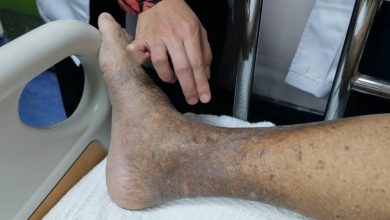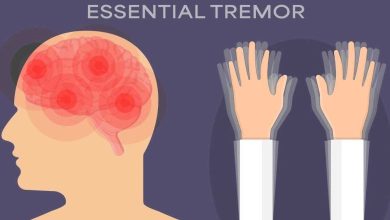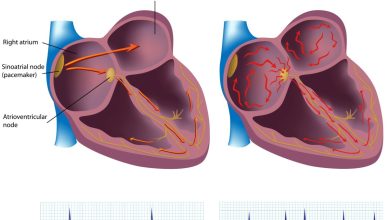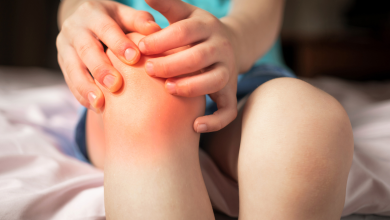Hashimoto’s Disease Symptoms, Causes, Diagnosis and Treatment

What is Hashimoto’s disease?
It is basically a disease wherein your thyroid is attacked by the immune system. Thyroid is a tiny gland which is positioned at your neck’s base below the Adam’s apple. Moreover, thyroid gland produces hormones which are responsible for coordinating many activities of our body.
Hashimoto’s disease results inflammation. Another common name for the condition is chronic lymphocytic thyroiditis. Furthermore, in majority cases, it leads to hypothyroidism.
What are the symptoms of Hashimoto’s disease?
At first, its symptoms can go unnoticed, or swelling can be noticed at your throat’s front. The condition normally progresses gradually over years causing lasting damage to the thyroid, leading the levels of thyroid hormones to drop in the blood. Moreover, the symptoms are:
- Sluggishness and fatigue.
- Constipation.
- Sensitivity to cold.
- Puffy face.
- Dry, pale skin.
- Hoarse voice.
- Depression.
- Considerable weight gain.
- Stiffness and pain in joints.
- Muscle stiffness, tenderness and aches specifically in the hips and shoulders.
- Prolonged or excessive menstrual bleeding.
- Swelling in small joints (feet and hands) or knees.
- Muscle weakness.
What causes Hashimoto’s disease?
It is basically an autoimmune disorder wherein the immune system of the body produces antibodies which damage the thyroid gland. Till date, doctors have failed to understand what triggers the immune system of a body to attack against the thyroid gland, however as per the belief of some scientists, a bacterium or virus might cause such response, whereas few others think the involvement of some genetic flaw.
Whatever it is to believed, combinations of certain factors such as age, sex and heredity may determine the possibility of developing Hashimoto’s disease.
What are the risk factors of Hashimoto’s disease?
Few factors may add the risk to develop this disease, such as:
- Being a woman.
- During the middle age.
- Heredity.
- Any other autoimmune disease for example lupus, rheumatoid arthritis and type 1 diabetes.
What possible complications Hashimoto’s disease can lead?
In case the disease is left untreated, hypothyroidism triggered due to Hashimoto’s disease may lead many health problems such as:
- Heart problems.
- Goiter.
- Mental health problems.
- Myxedema.
- Birth defects.
Some connection also tend to be present between pregnancies of hypothyroid and kidney, brain and heart problems in babies.
How is Hashimoto’s disease diagnosed?
Its diagnosis is rooted on the symptoms and blood test results that measure your thyroid-stimulating hormone and thyroid hormones level produced in your pituitary gland. Such can include:
- Antibody test.
- Hormone test.
How is Hashimoto’s disease treated?
The treatment includes the usage of drug and observation. In case no evidence proves the deficiency of hormone, plus the functioning of thyroid is normal, the doctor will recommend you to play the waiting game. However, in case the patient needs medications, than chances are, that he or she will need them for the entire life.
A synthetic hormone called Levothyroxine can replace the absent thyroid hormone called thyroxine. Nearly, it has no such side effects. However needing the drug would mean you will need it for your entire life.
Moreover, regular levothyroxine usage will return the normal hormone levels thus, almost eliminating your symptoms. Though, probably you will need to visit your doctor for regular test in order to check the hormone levels. Based on this, the doctor will adjust the dosage as per the requirement.
By : Natural Health News




